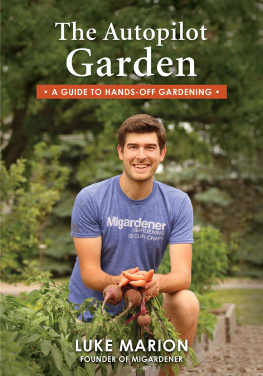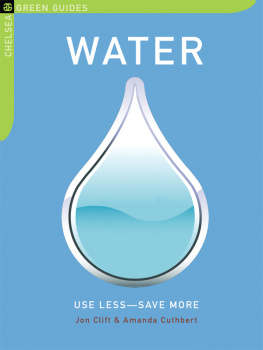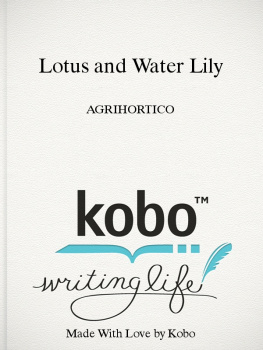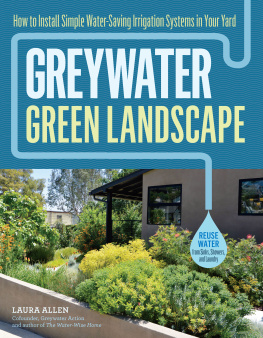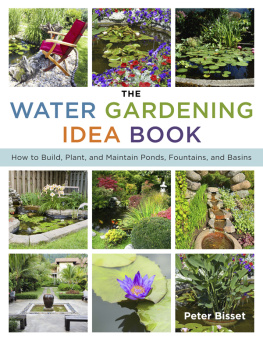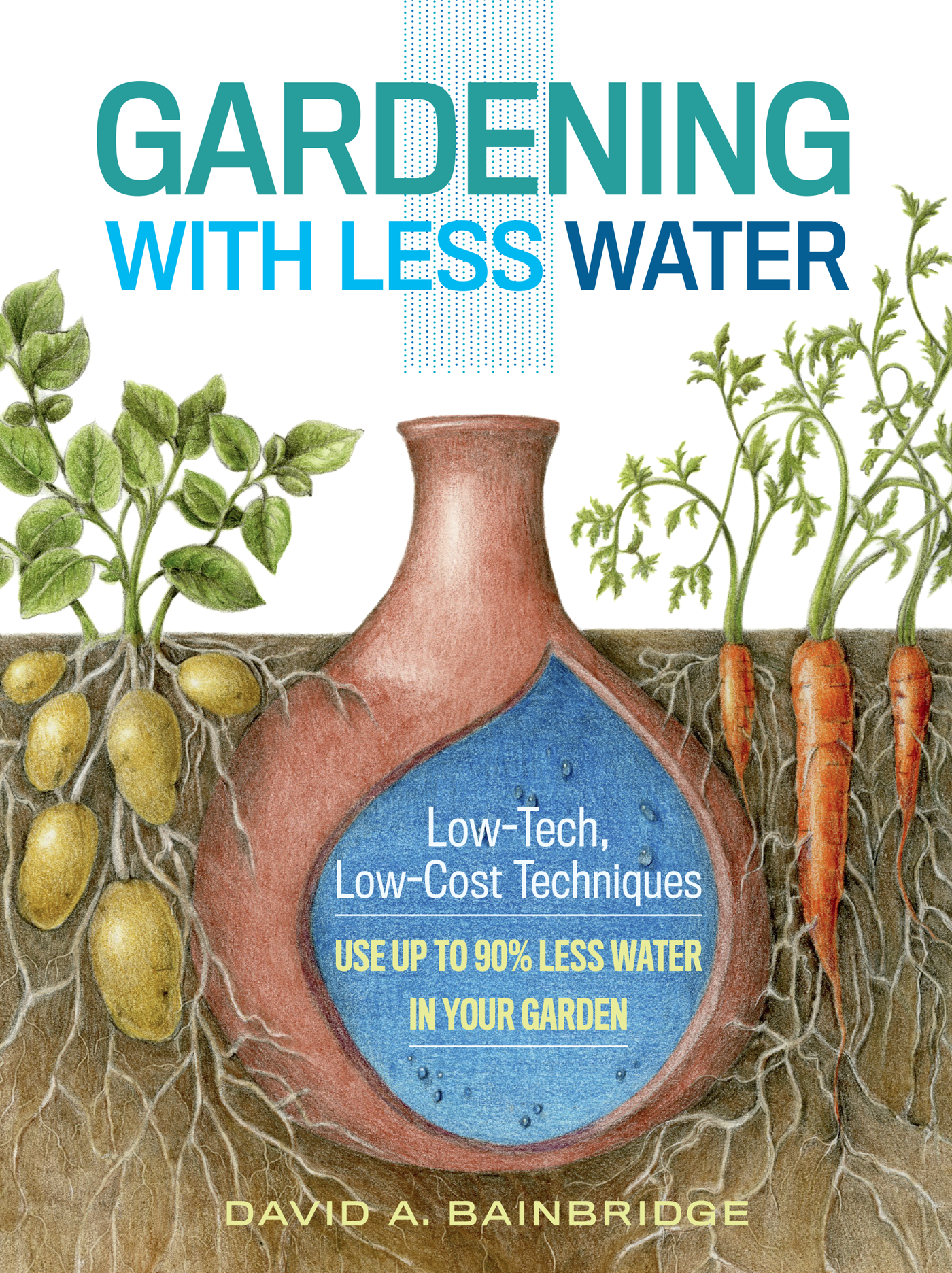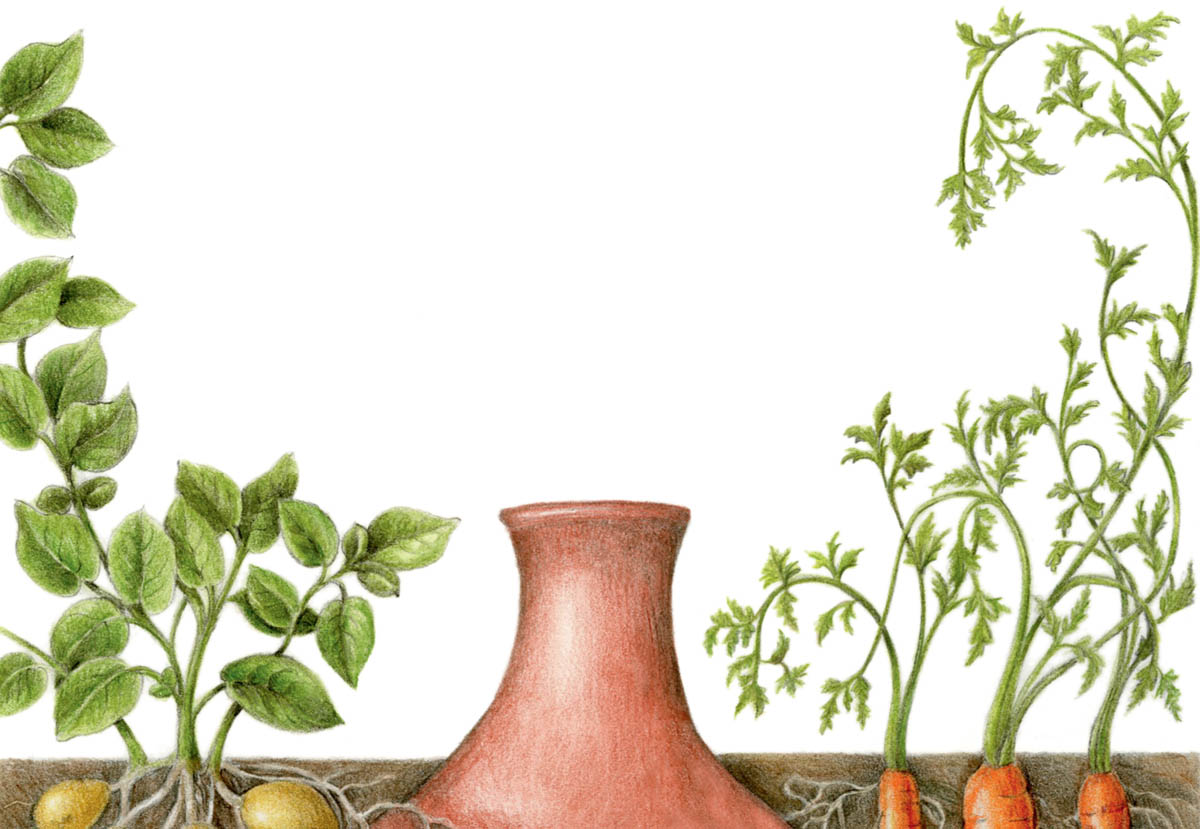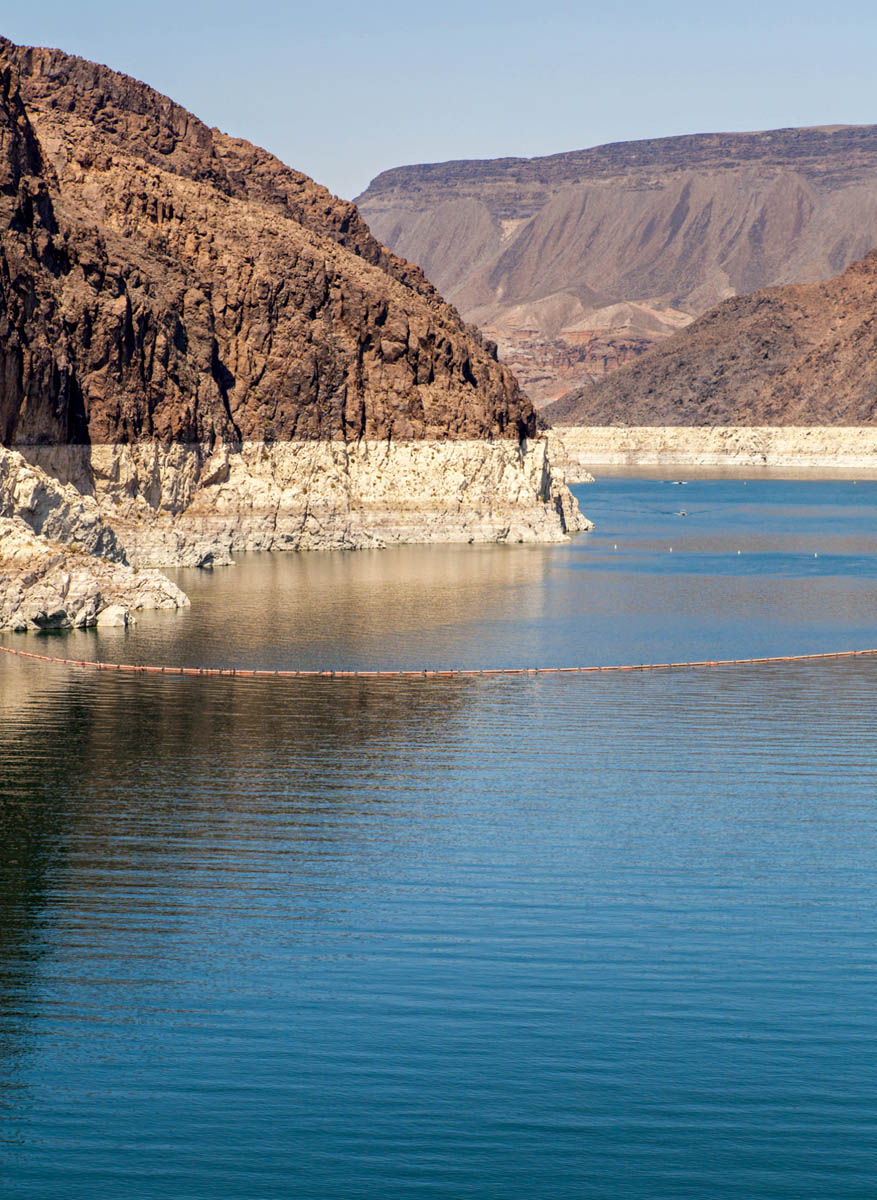Dedication
This book is dedicated to Dr. M. H. Marigowda, considered by many to be the father of horticulture for India. Among his many great achievements are his techniques for dryland orchards that gave good yields but also served as progeny orchards, containing many varieties of a single fruit or crop to protect the gene pool. To conserve water and irrigate crops, he explored many traditional systems and promoted both wick and buried clay pot irrigation. He found that fruit tree saplings would grow healthily for nearly a fortnight on just one buried clay pot full of water!
Contents
Introduction
Running Out of Water
We are running short on water in many parts of the world. Droughts are becoming more common and severe, and the costs of water and food are going up. Farmers and gardeners urgently need to produce more with less water while minimizing the time required to irrigate and weed their gardens or fields. Despite the need for low-cost, simple, improved irrigation systems, scientific research and international development programs largely neglected this challenge until almost the turn of the twenty-first century.
My own research in super-efficient irrigation began in the 1980s. I was working at the Dry Lands Research Institute at the University of California, Riverside, when I first read about buried clay pot irrigation in a book written 2,000 years ago by Fan Shengzhi. Shengzhi had been hired by the emperor of China to help increase the yields of farmers who had too little land and too little water. I was intrigued, and soon, after giving it a try myself, I was hooked.
The super-efficient irrigation systems described in this book address the three most critical problems that gardeners, homeowners, and small land-holders face: water, weeds, and time. Learning from the past is critical to improving irrigation performance, reducing water use, and improving land management. These simple, proven techniques have been adapted from the best traditional practices and augmented and improved with modern materials and research. With them, you can double, quadruple, or even further increase your water-use efficiency.
Many people worldwide and throughout history have faced the same problems and developed systems that enabled them to establish stable, healthful, and enjoyable livelihoods in areas with as little as three inches of rain. No one has done it better than the Nabateans, an ancient Semitic people of the Middle East. Rainwater harvesting and floodwater farming enabled the Nabateans to support flourishing cities and a strong economy in the dry Negev Desert. By learning from them and other people of the past and present, we can do the same with well-planned rainwater collection and management, super-efficient irrigation, careful selection and care of crops, and thoughtful design and construction of buildings and facilities.
My goal from the beginning has been to develop super-efficient, low-cost irrigation systems that will work with low-quality or slightly salty water and can be made and installed by unskilled or non-technical workers using local resources. These practices can provide a sustainable living almost anywhere in the world, whether the climate is exceptionally dry or more temperate. Most of my work has been done in the western part of the Sonoran desert where annual rainfall is only 3 inches and temperatures can soar above 100F in any month. Because we were working in remote areas, we usually had to bring water in by truck, and some sites required four-wheel drive. Every drop had to count.
Improving water use is important in the United States but critical for the one billion resource-limited farmers around the world who struggle to grow sufficient crops with inadequate water supplies. These growers face difficulties in locations where the climate is moderate but rainfall is seasonal, and they face almost impossible challenges in arid and semi-arid regions.
Climate change, including increased climate variability and more severe droughts, is expected to worsen the problems these farmers and gardeners face. The recent drought in the western United States and the severe 201112 drought in Mexico suggest whats likely to come. Lake Mead, a reservoir that provides water for 25 million people, reached its lowest point ever in 2015, and some projections for its future are very grim. The global predictions for future droughts are even more sobering.
Lake Meads bathtub ring clearly shows the effects of drought on the reservoir.
Continuing research in super-efficient irrigation will help us better prepare for this future. These systems can also reduce the cost and improve the success of environmental restoration, landscaping, and revegetation projects, bringing critically needed trees and shrubs back to degraded watersheds and denuded landscapes. The word is getting out, and enterprising people are bringing these systems to market. Many opportunities exist for start-up companies in super-efficient irrigation and rainwater harvesting.
Teachers, students, gardeners, farmers, and extension agents can help improve our understanding of super-efficient systems and encourage others to use them through classes, instructional videos, articles, and books. Foundations, universities, cities, states, and federal programs can also help by funding and supporting research and demonstrations. Adding rainwater harvesting and super-efficient irrigation to school and university gardens and landscaping should be a priority.
With this book, you will learn about super-efficient irrigation systems and how you can use them as part of a water-wise garden, landscape, or farm. Once you try these techniques and see them in action, you can adapt them to your situation, even if you have only a sunlit balcony or porch. Try several and see what works for you. Experiment. There is still much to be learned, and you can help: post your pictures, data, and videos online so others can learn from your successes (and problems). We will all need to play a part in reducing our water use, making our food system more sustainable, and restoring degraded landscapes. This book is a step toward that brighter future.
Western North America Precipitation, 19002100
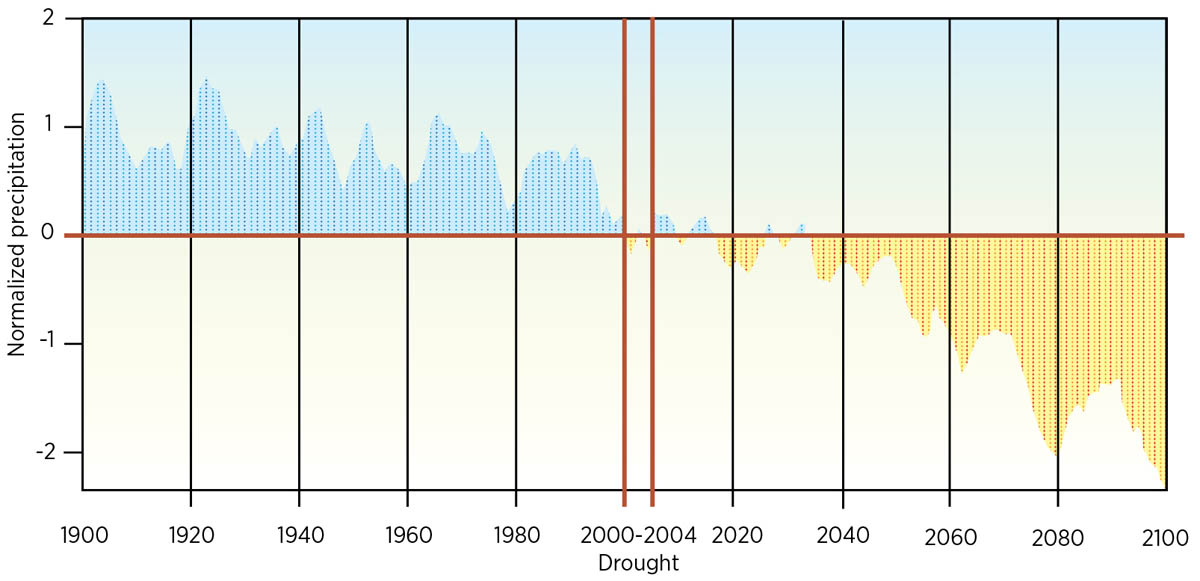
From the 2013 IPCC (Intergovernmental Panel on Climate Change) Models
U.S. Drought Monitor, West
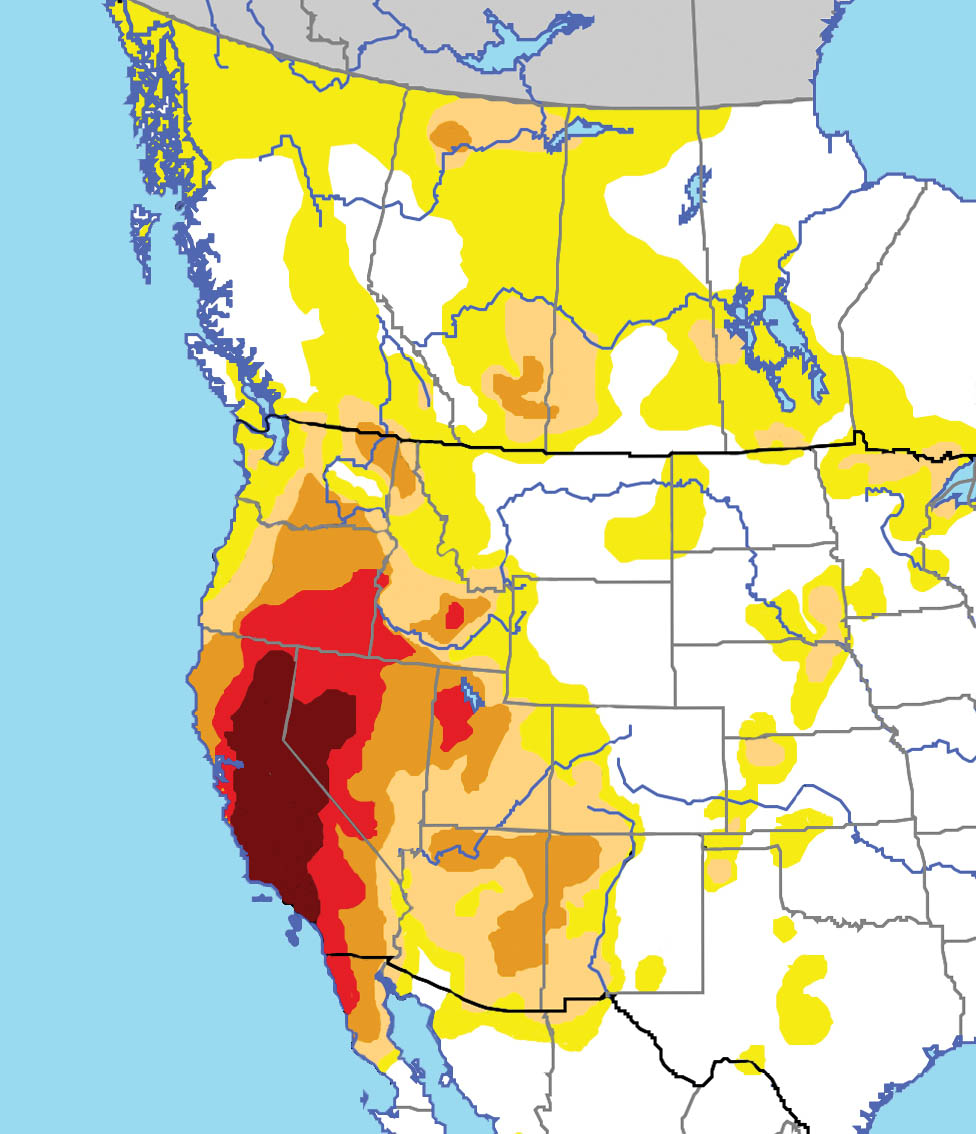

Global climate change models suggest severe drought may become the norm.
Source: www.droughtmonitor.unl.edu
Part One
Super-Efficient Irrigation Systems
Though they have not been well studied or publicized, super-efficient irrigation techniques have been used for thousands of years in some cases and tested in many soil types and with many different plant species, from flowers to trees.






